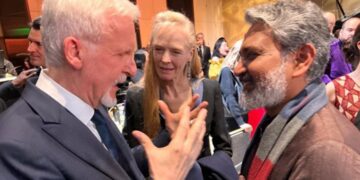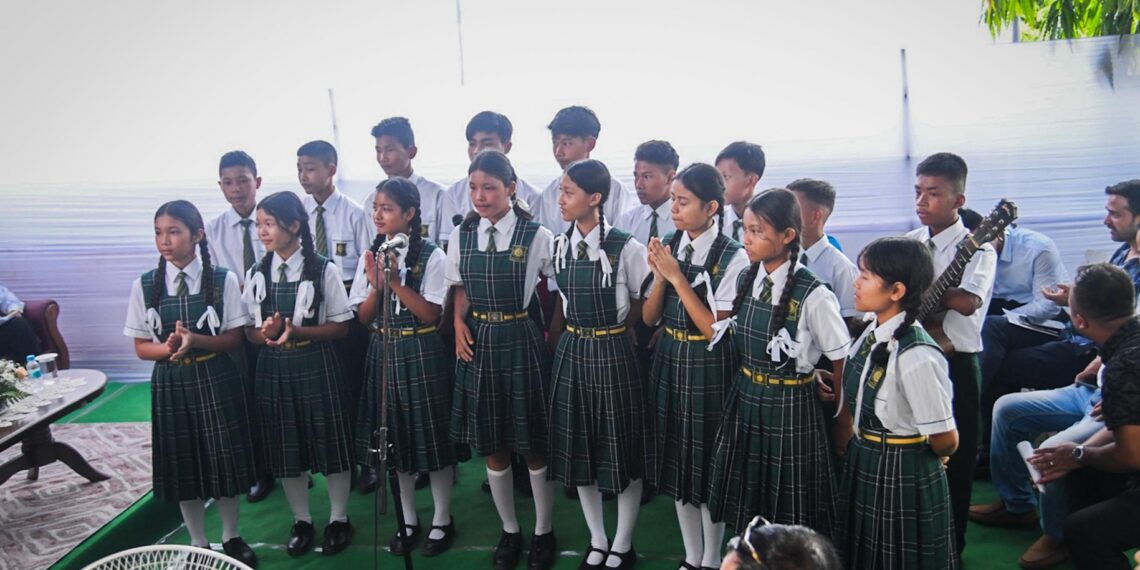Shillong: Meghalaya Chief Minister Conrad K. Sangma on Saturday announced that the state government is in the process of identifying 50 schools across the state to receive building grants aimed at expanding infrastructure for the introduction of higher secondary sections.
Speaking at the inauguration of four newly constructed classrooms at Bidanchi Higher Secondary School in Tura, West Garo Hills, the chief minister said the initiative would cover both government and private institutions based on specific eligibility criteria set by the Education Department, including student enrolment numbers and past academic performance.
“Schools that meet the government’s requirements will be provided with a one-time grant, up to Rs. 50 lakh, for classroom construction,” Sangma stated, adding that the goal is to ensure that students completing their matriculation exams have adequate access to higher education within their own communities.
The new classrooms at Bidanchi School were funded through the Chief Minister’s Special Development Fund (CMSDF).
In addition, Sangma announced a Rs. 10 lakh grant to help the school launch its higher secondary section starting this academic year.
He also inaugurated a newly built “Active Learning Centre” at the school.
Praising the efforts of the school’s management, the chief minister commended their continued service despite longstanding challenges.
He emphasised that investing in youth is equivalent to investing in the state’s future, stating, “The youth of our nation are our greatest strength, our opportunity, and our challenge. Any expenditure on their education is an investment in the future of our state and country.”
Highlighting recent progress in secondary education, Sangma noted a marked improvement in pass rates for the SSLC (Class X) examinations, especially in rural areas.
ALSO READ: Assam: Prohibitory orders imposed in Barpeta ahead of NEET 2025 exams
“Nearly 60,000 students appear for the SSLC exam annually. In previous years, the pass rate hovered around 25 percent, but this year, results have been much more encouraging,” he said, attributing part of the improvement to state-led initiatives like the CM–IMPACT guide books.
The chief minister expressed personal satisfaction with the recent academic outcomes, reiterating his government’s commitment to enhancing grassroots education infrastructure.
“Our objective is not just to build classrooms, but to build futures. Every child—regardless of geography—deserves access to quality and inclusive education,” he concluded.















